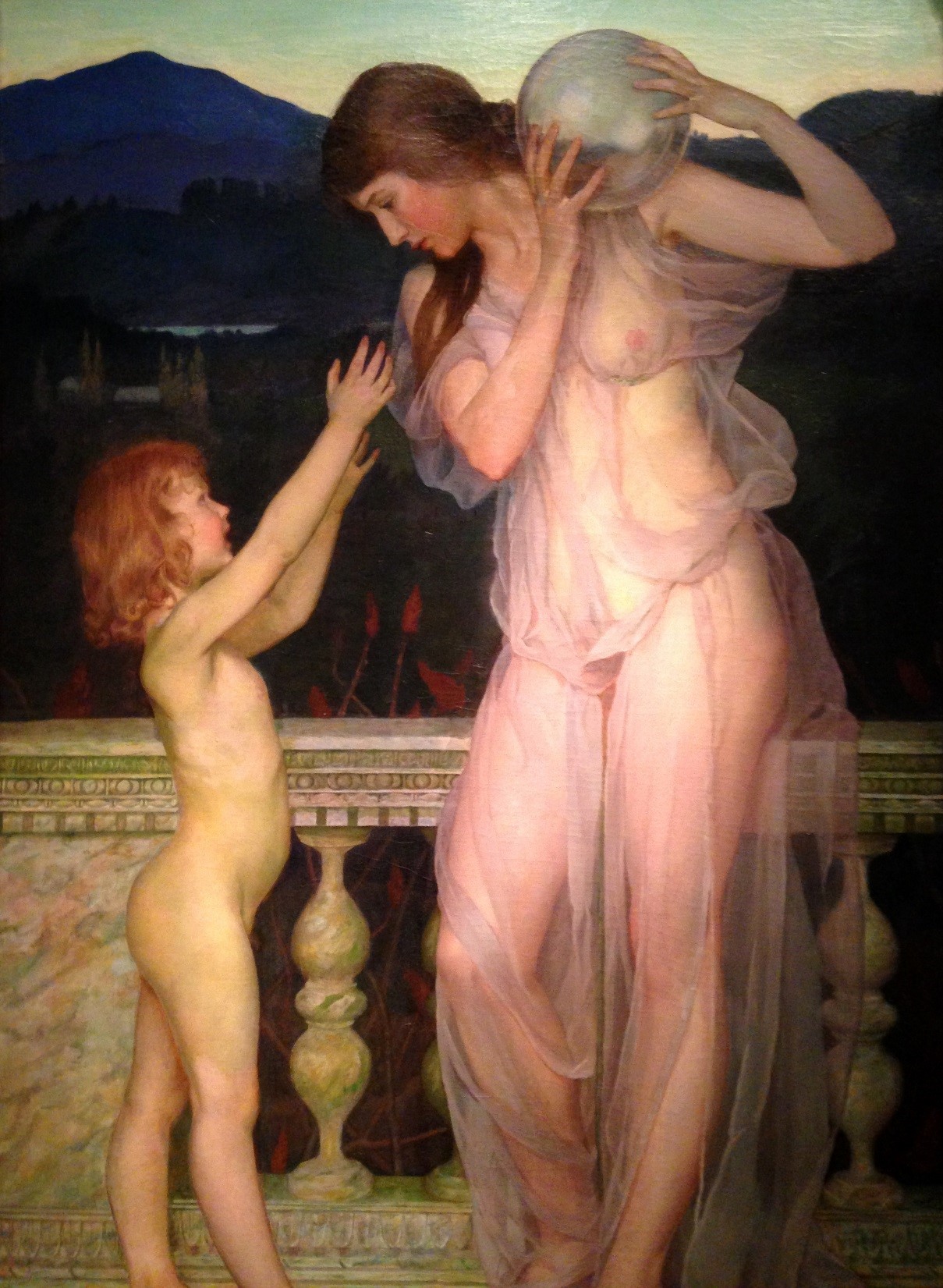Several centuries ago, science separated itself from spirituality and thereby severed its connection with nature, turning into an experimental-abstract science that does not understand the essence of natural laws and processes. For example, scientists have learned how to make semiconductors, but they still don’t know what an electric current is.
Moreover, science has become a religion since both are based on dogmas. The hardest thing for religion, including official science, is to change existing dogmas. It can accept new dogmas, but it never wants to change the old ones. Therefore, dogmas become more and more numerous over time.
Upon closer inspection, it becomes evident that both modern science and religion share a common origin — they are the offspring of a parasitic social system. Both entities serve the interests of this system and, consequently, receive its support.
The painting “Illusions” by Henry Fuller poignantly captures the essence of this system, applicable not only to science but also to education, religion, politics, medicine, media, economics, and more.
In the context of science, the canvas portrays humankind as a naive child reaching for knowledge. However, the child receives only a bubble of illusion instead of true knowledge. Science, depicted as a woman adorned in luxurious attire within an opulent building, fails to conceal her underlying nakedness. Consequently, both humankind and science remain shrouded in ignorance of nature and its laws, as symbolized by nature in the painting background, immersed in the darkness of night.
This portrayal underscores the importance of seeking a personal understanding of the laws of nature, independent of official science. It prompts reflection on the necessity to question established beliefs and encourages individuals to embark on their journey toward genuine knowledge, unburdened by the constraints of dogmas.

